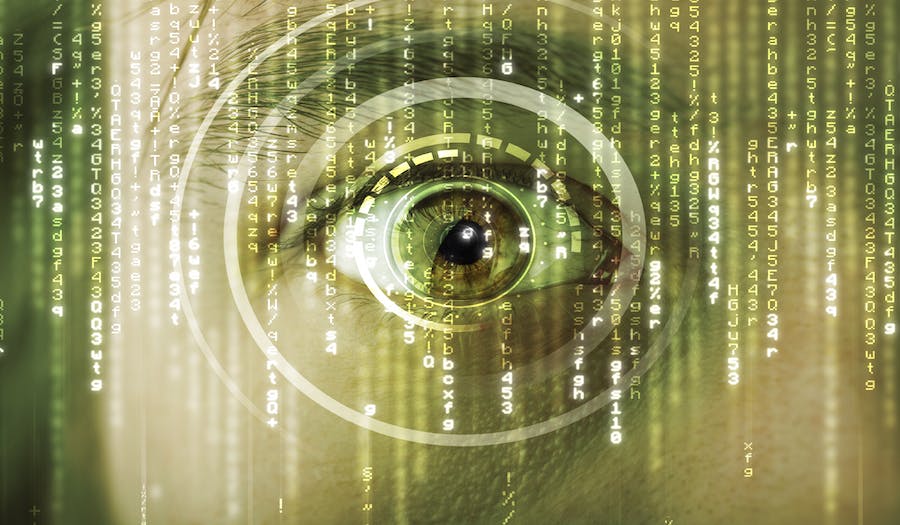We have all heard of ‘hacking’, but what about ‘visual hacking’? When we think of hackers we imagine a web savvy individual, breaking passwords and firewalls to glean confidential personal and business information. But for the eagle-eyed there’s already a wealth of data up for grabs in the public arena thanks to our increasing use of mobile technology.
From using our laptop work on the train to using our mobile to make transactions, most of us are unaware of the potential risks presented by visual hackers. A recent study by 3M found that in nearly nine out of ten attempts (88%), a white hat hacker was able to visually hack sensitive company information.
Annelies Moens, privacy expert at Information Integrity Solutions Pty Ltd said “every time I’m on an airplane, waiting in an airport, on the train, waiting at the bus stop or even in my local café, I see business travellers and mobile employees plugging away on their laptops or smartphones with their screens in clear view of fellow travellers and diners.
“Whether out of sheer boredom or actually being interested in what they see, people do fixate on laptop and mobile screens, Annelies said.
Employees themselves may be bound by passwords and privacy policies and businesses may be investing thousands in data protection, but it’s not hard to appreciate the futility in these measures when company devices are used in public. Now, with a development by 3M Specialty Display Business, these risks can be mitigated with innovative privacy filters and screen protectors which secure personal and confidential data by blacking out content from unauthorised side views.
In addition to privacy filters, here are some other top tips to protect yourself against the phenomenon of visual hacking:
- If you are working in a public area, choose your location carefully and make sure you are sitting where others can’t see your screen – spots in the corner with your back to the wall usually work best.
- Reduce screen brightness when viewing devices in public, turning down the brightness of your screen as far as possible may help stop attacks.
- Implement a clear desk policy; ask employees to turn off device screens and remove all papers from their workspace.

